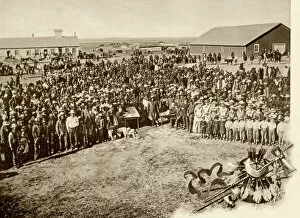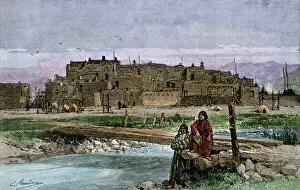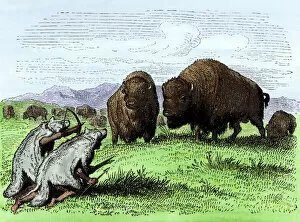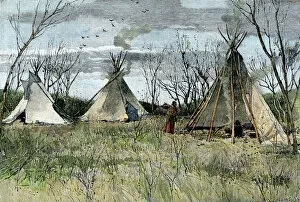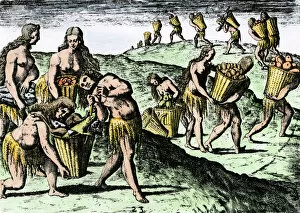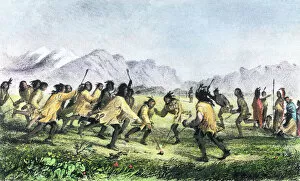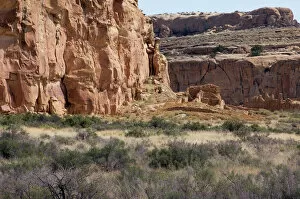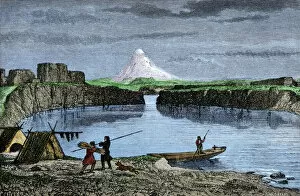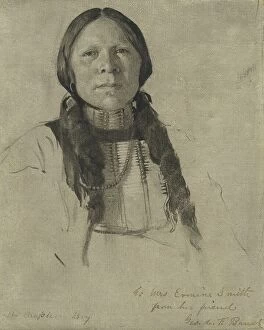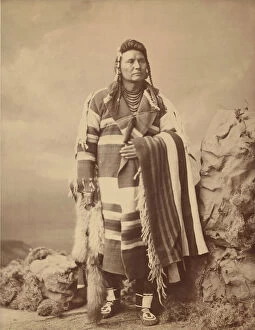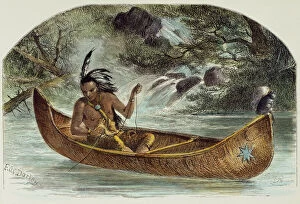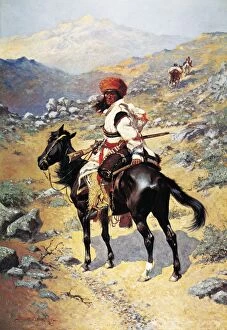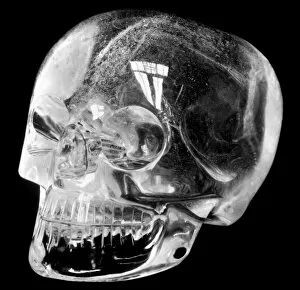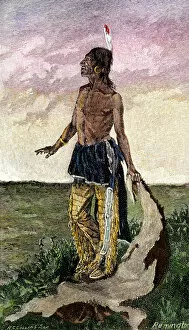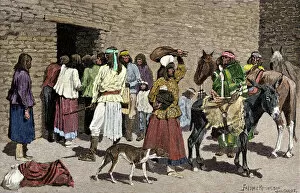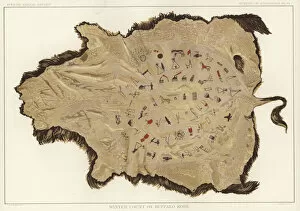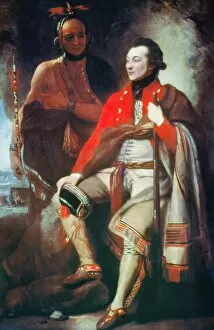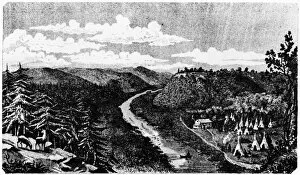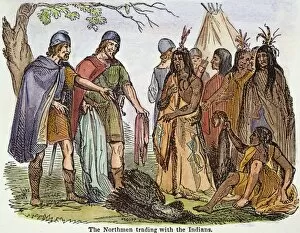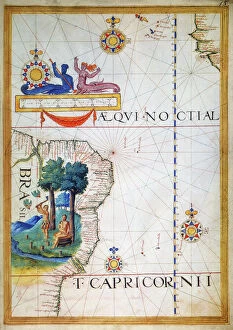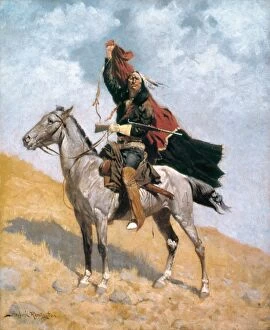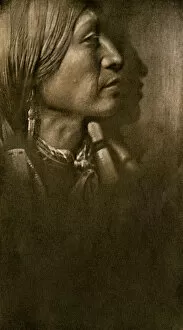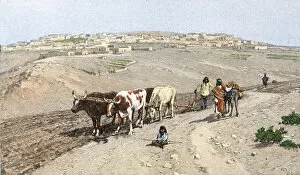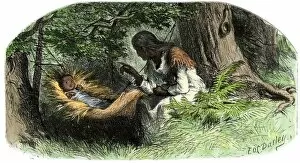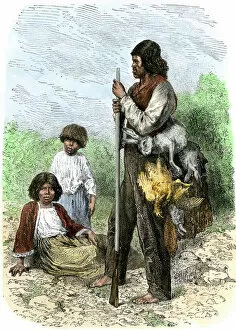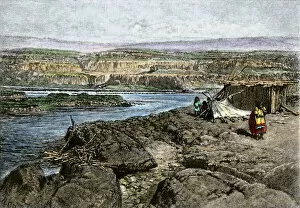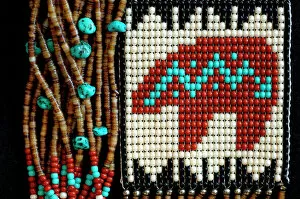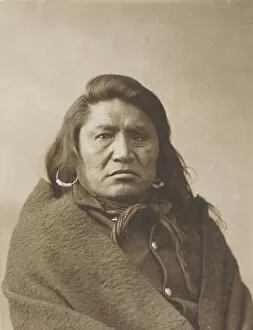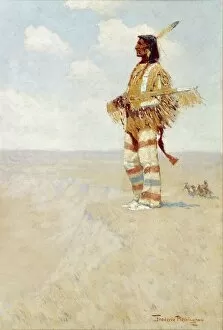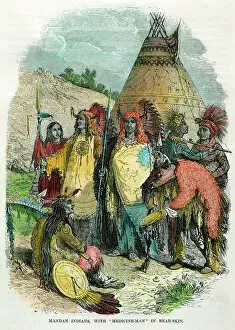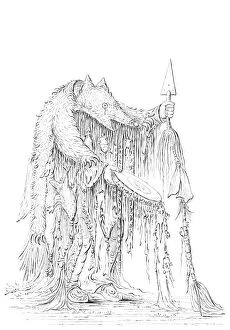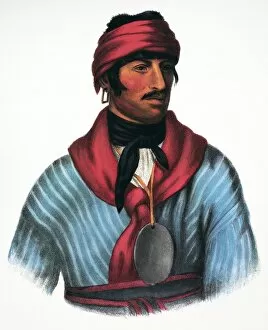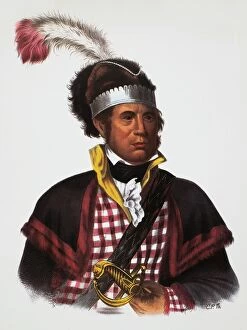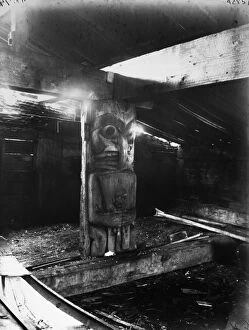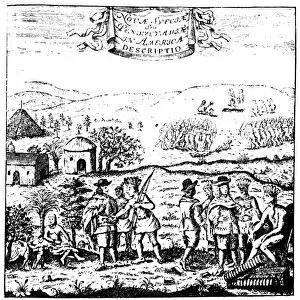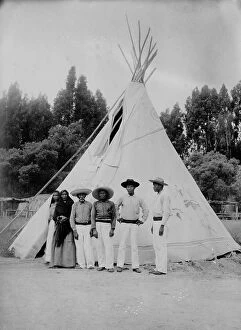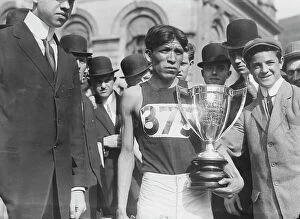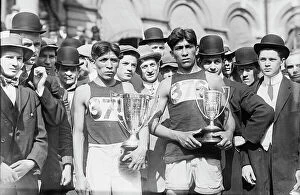American Indian Collection (#2)
"Exploring the Rich Heritage of American Indian Culture" Step back in time and immerse yourself in the vibrant world of the American Indian
For sale as Licensed Images
Choose your image, Select your licence and Download the media
"Exploring the Rich Heritage of American Indian Culture" Step back in time and immerse yourself in the vibrant world of the American Indian. From ancient civilizations to historic events, their legacy is beautifully depicted through art and artifacts. Delve into pre-Columbian life with Diego Rivera's captivating mural, showcasing the Zapotec Civilization. The intricate details transport you to a bygone era, offering glimpses into their daily lives. Journey to Plymouth, Massachusetts, where Jennie A. Brownscombe's oil painting captures "The First Thanksgiving. " Witness the harmonious gathering between Pilgrims and Native Americans as they celebrate unity amidst adversity. Trace the footsteps of tribes across America with maps from 1612 and 1715. These visual representations reveal how indigenous communities thrived across vast territories, each with its unique customs and traditions. Experience Santa Fe's Indian Market, where Native American baskets showcase exquisite craftsmanship passed down through generations. Admire these masterpieces that embody cultural pride and artistic excellence. Marvel at Captain John Smith's map of Virginia from 1612, providing insights into early interactions between European settlers and local tribes. This historical document sheds light on a pivotal chapter in American history. Explore Tenochtitlan (Mexico City) during Spanish conquest through a colored woodcut from 1556. Marvel at its grandeur before it was forever altered by colonization—a testament to resilience against foreign forces. Discover Cheyenne Chief Two Moons' regal presence captured by Edward S. Curtis in 1910—an iconic portrait that immortalizes tribal leadership during challenging times. Witness Jean Leon Gerome Ferris' depiction of "The First Thanksgiving" in 1621—a heartwarming scene symbolizing cooperation between Pilgrims and Native Americans during an uncertain period for both cultures. Meet Sitting Bear - Arikara - brought to life by artist John Andrew & Son in 1908—his dignified gaze reflecting strength and resilience, embodying the spirit of his people.

